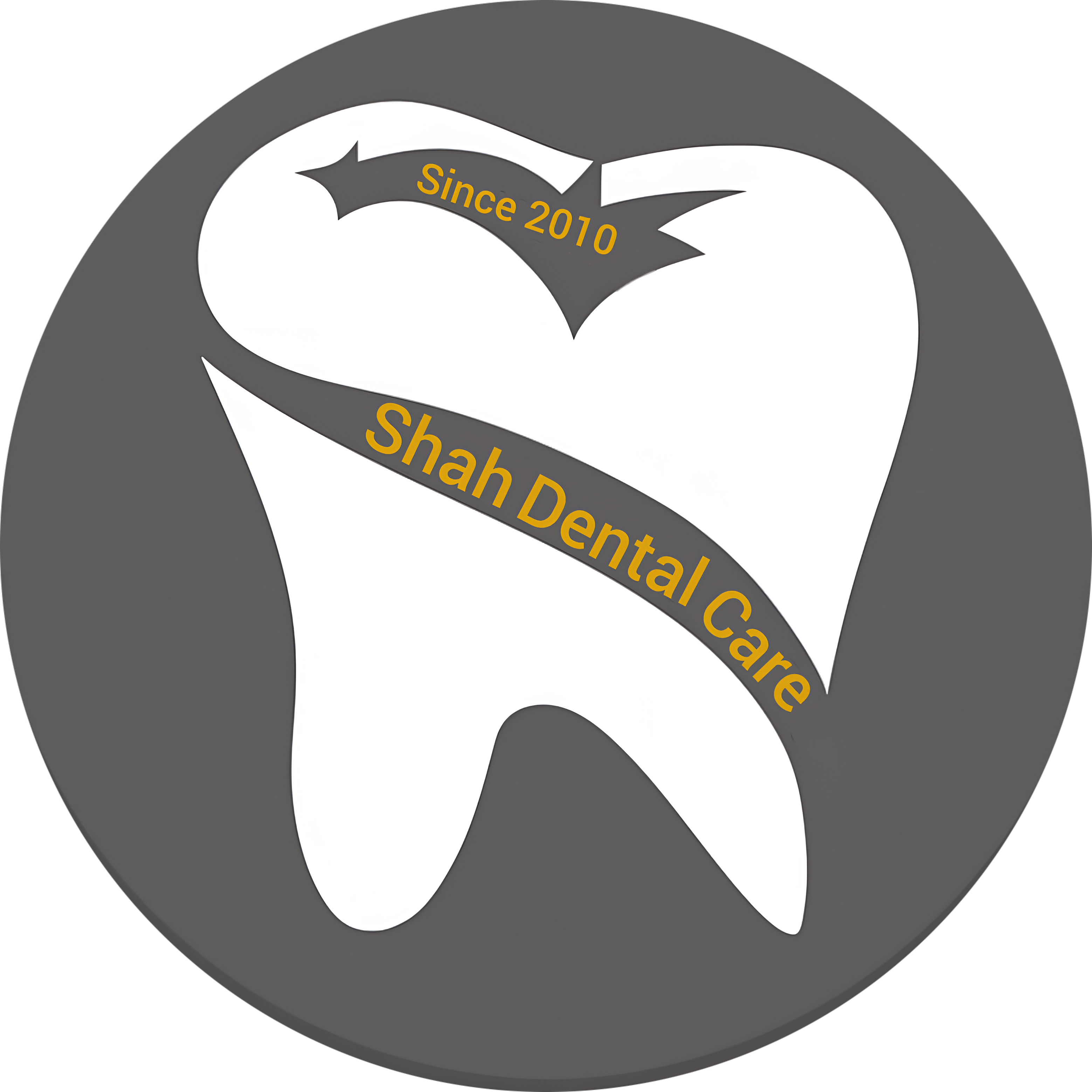FAQ
Frequently Asked Questions
General Dental Care
It's recommended to visit the dentist every six months for a professional cleaning and a thorough examination of your teeth and gums.
Flossing removes plaque and food particles from between the teeth and under the gum line where a toothbrush can't reach.
A child should visit the dentist by their first birthday or within six months after their first tooth appears.
Brushing twice daily, flossing regularly, eating a balanced diet, and visiting the dentist for regular cleanings can help prevent cavities.
Bad breath can be caused by poor oral hygiene, gum disease, dry mouth, or certain foods. Regular brushing, flossing, tongue cleaning, and dental visits help keep your breath fresh.
Occasional bleeding can happen, but frequent bleeding may be a sign of gum disease and should be evaluated by a dentist.
A soft-bristled toothbrush and fluoride toothpaste are generally recommended for effective and gentle cleaning.
Yes, oral health is closely linked to overall health. Gum disease has been associated with heart disease, diabetes, and other systemic conditions.
A custom-made night guard can help protect your teeth from wear and prevent jaw pain caused by nighttime grinding (bruxism).
Rinse with warm salt water and avoid extremely hot or cold foods. Schedule a dental visit promptly to identify and treat the underlying issue
Treatments and Procedures
filling is used to repair a tooth that has been damaged by decay. It restores the tooth’s normal function and shape.
Teeth whitening uses safe bleaching agents to remove stains and discoloration, brightening your smile in just one or a few sessions.
Dental implants are artificial tooth roots used to support a replacement tooth. They are suitable for most healthy adults with sufficient bone support.
A root canal treats infection or inflammation inside the tooth by removing the pulp, cleaning the canal, and sealing it to save the tooth.
A crown is recommended for a tooth that is severely decayed, cracked, or weakened, to restore its strength and appearance.
A bridge replaces one or more missing teeth using neighboring teeth for support, while dentures are removable appliances that replace multiple or all teeth.
Clear aligners gently shift your teeth into position using a series of customized, removable trays worn over time.
Deep cleaning (scaling and root planing) removes plaque and tartar below the gum line and is used to treat gum disease.
Most procedures are not painful due to modern anesthetics. Discomfort, if any, is usually minimal and temporary.
You may experience mild swelling or discomfort for a day or two. Follow the dentist's post-care instructions for a smooth recovery.
Get Ideal Treatment For Your Dental Health!
Creating Confident Smiles with Gentle, Modern Dental Care at Shah Dental Care.


